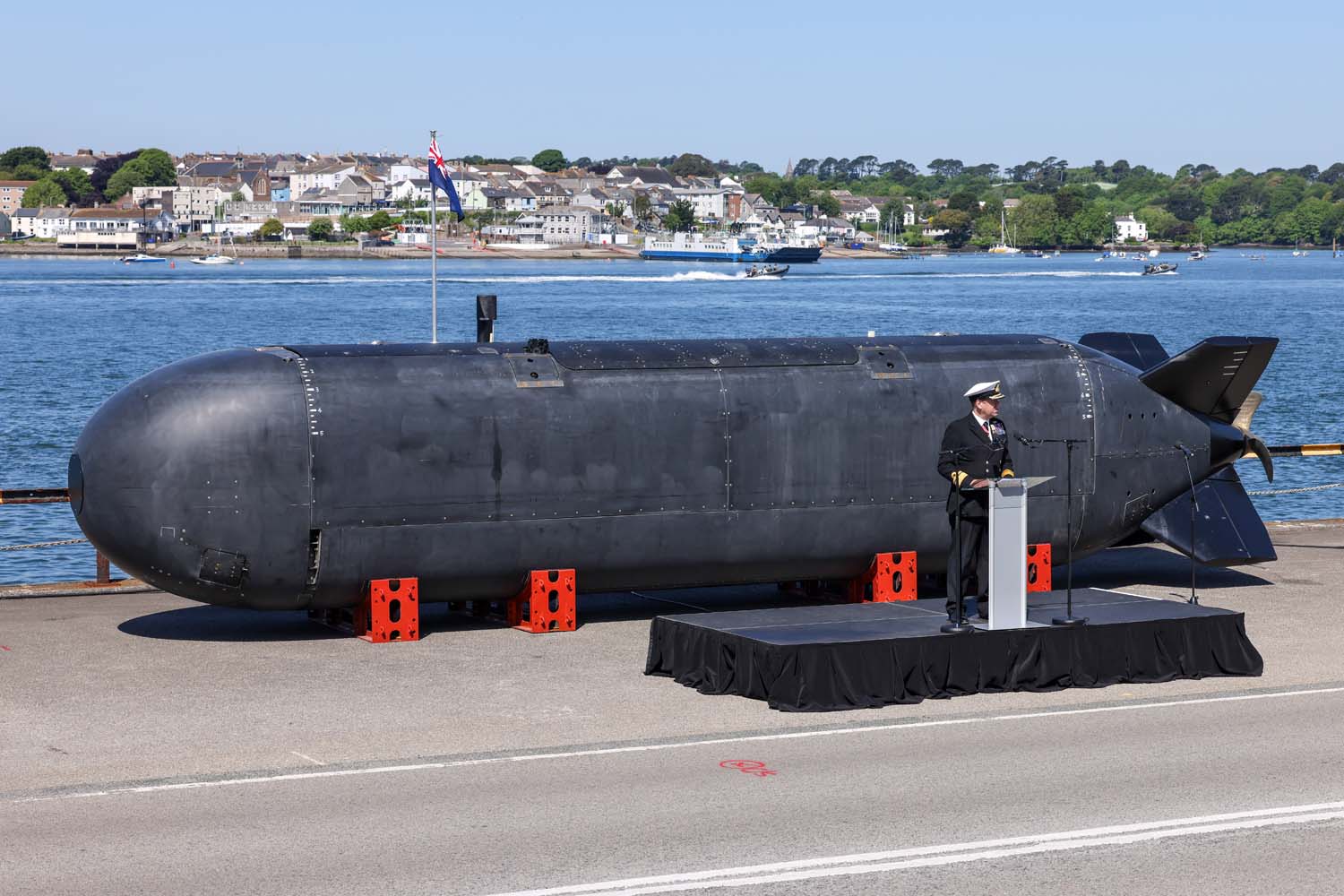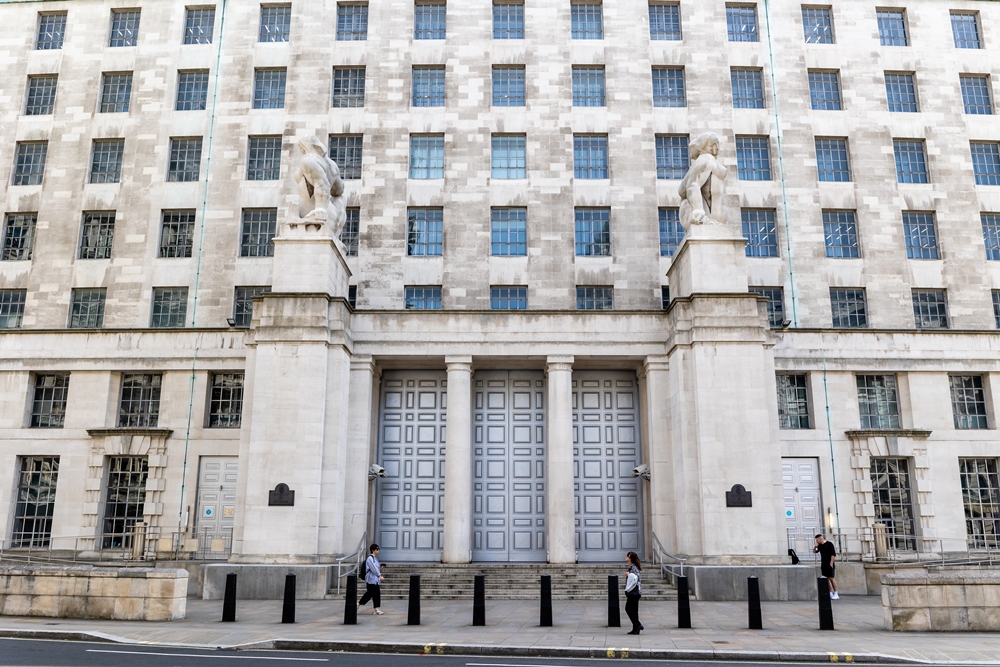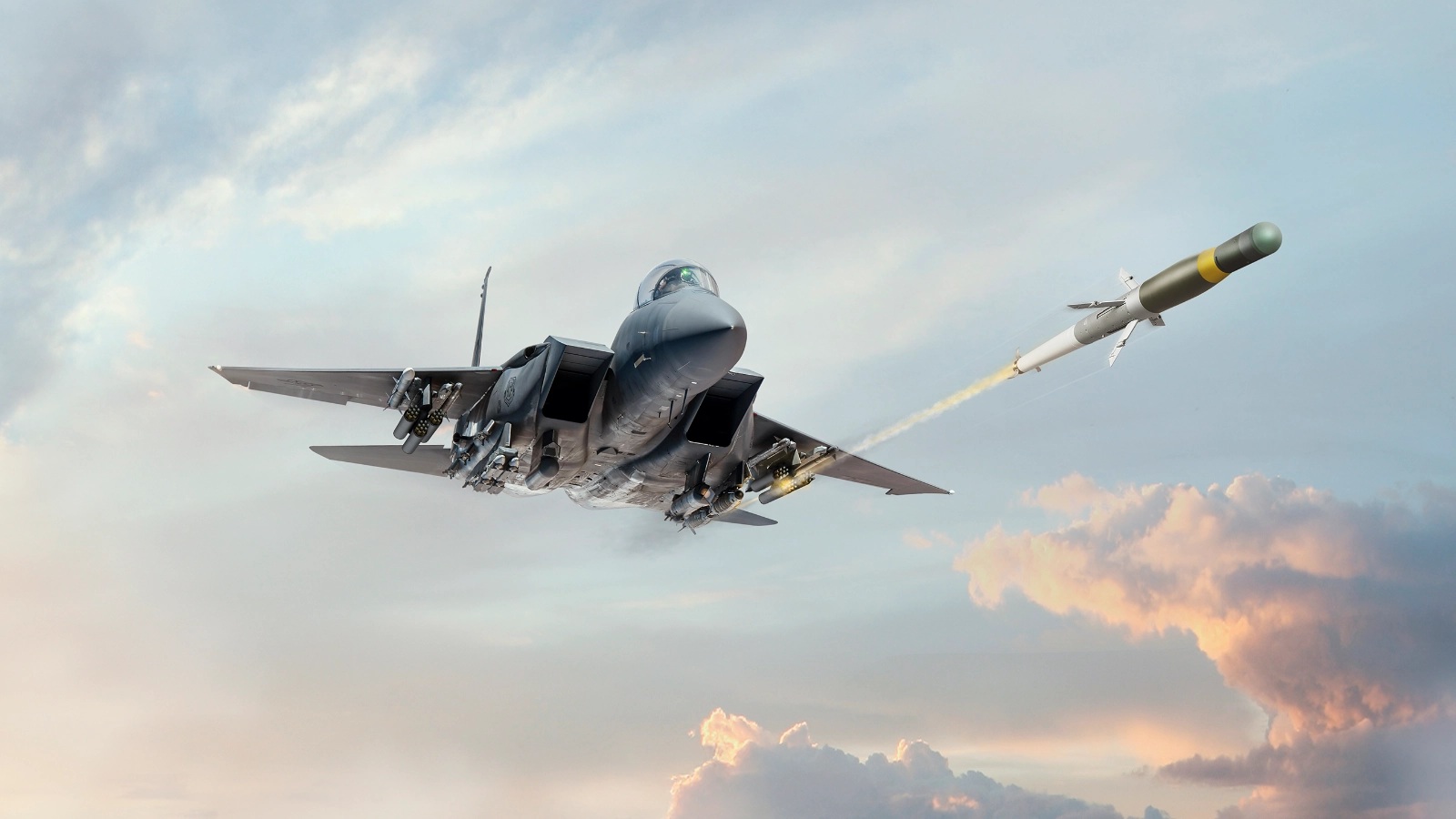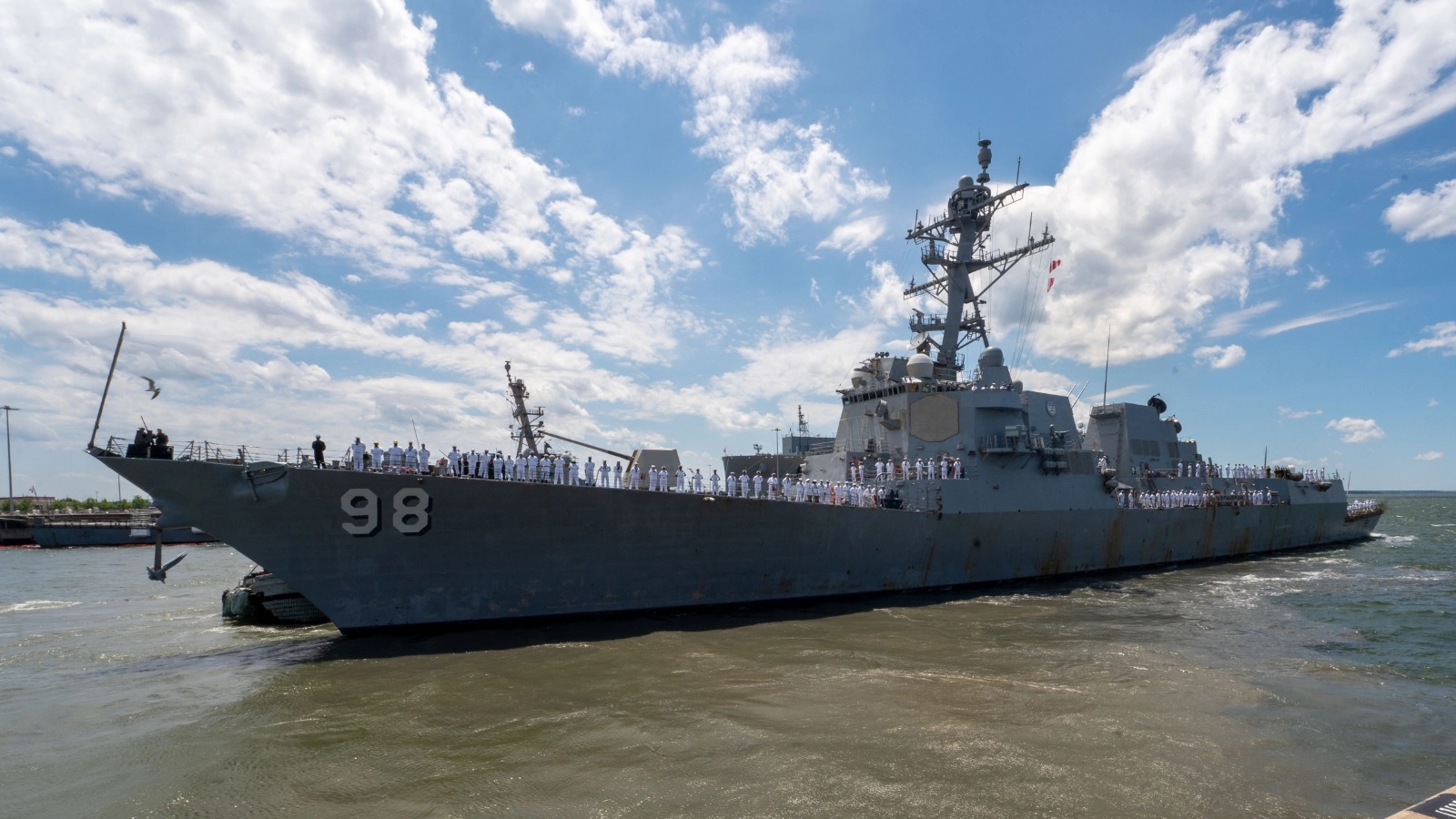UK issues MTC for RAF's Protector RG Mk1
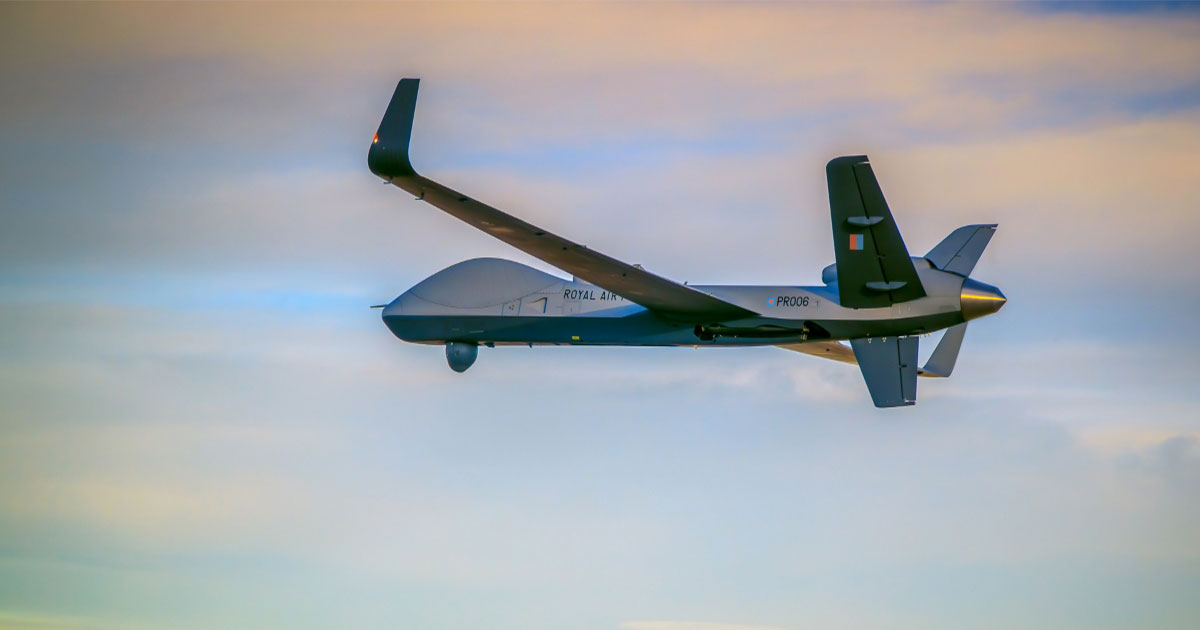
Image courtesy GA-ASI
This decision (29th April 2025) was a first-of-its-kind milestone for a large, unmanned aircraft system. It is a significant accomplishment for the UK and a technological watershed in the history of unmanned aircraft systems. GA-ASI is the first manufacturer of large, unmanned aircraft to receive an MTC based on rigorous compliance with STANAG 4671, the NATO standard for unmanned aircraft system airworthiness.
Obtaining the MTC has been a goal of GA-ASI since the inception of the MQ-9B in January 2014. The company took its proven UAS platform, the MQ-9A, and added performance enhancing features while ensuring that the design was capable of meeting NATO’s STANAG 4671 Edition 2 airworthiness requirements.
To meet those rigorous requirements, the aircraft incorporates numerous enhancements not found on other large UAS. These include lightning protection, fire protection, anti-icing systems and a fatigue-and-damage-tolerant building block design approach. All flight critical software was designed in compliance with the rigour of Do-178/254. Mission software is rigidly separated from flight critical software. These features not only address the aircraft’s airworthiness but also enhance its reliability and operational flexibility to levels unmatched by other UAS.
GA-ASI CEO Linden Blue said: “Earning an MTC for MQ-9B was a herculean effort and a seminal achievement for our company. We invested over $500 million as part of an 11-year effort to develop an unmanned aircraft that meets NATO’s rigorous airworthiness standards.
"This included three flight test aircraft, full component and system-level environmental testing to Do-160 and Mil-Standards (system level environmental testing at Elgin and Pax River), full scale static test airframe test to ultimate ground and flight loads, bird strike, hail protection and full-scale fatigue testing to three lifetimes (3x 40,000 notional aircraft flight hours = 120,000 hours total).
"Our engineers developed over 140,000 pages of detailed technical data verifying that the MQ-9B met those demanding requirements. I congratulate our team for this outstanding accomplishment, and I know our customers need this type certification, which will open civil airspace for their flight operations.”
The Royal Air Force continues to take delivery of new Protector aircraft at their home in the North of England at RAF Waddington, Lincolnshire. The UK has 10 aircraft of the 16 it has ordered.
Group Captain Neil Venables, Type Airworthiness Authority and holder of the Protector Type Certificate, said: “Achieving the award of a first in class Military Type Certificate has required years of dedication and perseverance and is a testament to the hard work of all involved. It is a privilege to be the first to be awarded an MTC for the Protector Air System.”
MQ-9B is the world’s most advanced medium altitude, long endurance UAS. MQ-9B includes the SkyGuardian and SeaGuardian models as well as the Protector operated by the RAF.
In addition to the UK, GA-ASI has MQ-9B orders from Belgium, Canada, Poland, Japan Coast Guard, Japan Maritime Self-Defence Force, Taiwan, India and the US Air Force in support of the Special Operations Command. MQ-9B has also supported various US Navy exercises, including Northern Edge, Integrated Battle Problem, RIMPAC and Group Sail.






